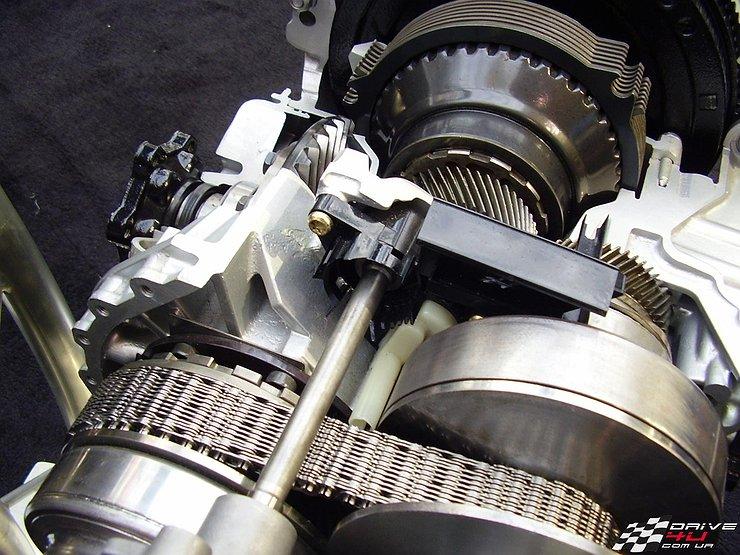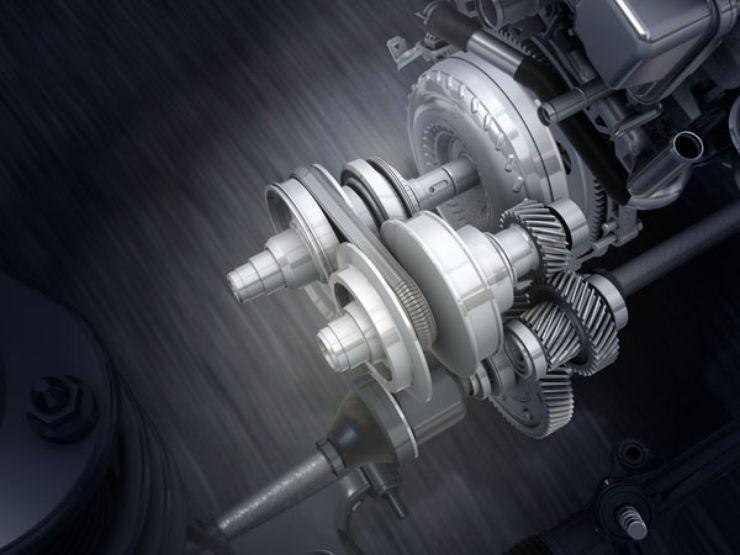
5 Signs That Your CVT Needs Immediate Repair
Hundreds of thousands of cars in our country are equipped with a CVT transmission. At the same time, many owners of such cars vaguely imagine: under what behavior of the gearbox should you contact the servicemen. According to the AvtoVzglyad portal, motorists often ignore the first signs of a variator failure, which leads to a much sadder extent of destruction of the assembly.
NOISE, BROTHER!
Among other signs of incorrect operation of the CVT "box", it is worth highlighting an extraneous buzz, and sometimes even a rattle coming from the transmission on the go. But sometimes it is barely audible, and the car owner writes it off as noise from the wheels. This is mistake. Such sounds are usually made by bearings, on which the variator cones rest with their axes. Sometimes the point is not in themselves, but in the fact that they do not “sit” tightly in their seats. If you delay contacting the service center about noise, metal microparticles formed in the “singing” bearings will enter the hydraulic system and disable the entire variator.
UNCERTAIN ACCELERATION
The noise from the CVT “box” may not come from, but it can behave disgustingly, for example, “kicking” during acceleration. At the same time, an even set of speed by the car is periodically replaced by jerks of varying degrees of intensity. As a rule, this behavior of the machine indicates pressure surges of the working fluid, which, because of this, does not provide reliable fixation of the variator cones, thereby provoking belt slippage and, as a result, the appearance of scoring on their surface. The so-called pressure reducing valve in the hydraulic system of the variator is most often to blame for such a temper of the car.
Or rather, not even he himself, but some piece of metal or some other wear product that got into it and prevented it from closing normally. This happens when the car owner neglects the timely replacement of the “slurry” in the hydraulic system. Or he loves to stink. In this case, increased wear of the surfaces of the belt and cones is observed.

Jagged Rhythm
In a situation where the driver feels jerks and dips in traction in all driving modes, there is no doubt: the failures of the bearings or the pressure reducing valve left without due attention did their job, and the problems reached the "heart" of the variator - the cones. Jerks occur when the belt hits scuffs and bumps formed on the initially smooth surface of the cones. Such a nuisance is “treated”, as a rule, only by replacing them with new ones. And along the way, it is necessary to eliminate the troubles that provoked trouble in other nodes of the “box” - to change the bearings or the valve.
FAILURE "BRAIN"
Perhaps one of the most “humane” problems with the variator in terms of the cost of repair is the transition of the box to emergency mode. If at the same time turn off the engine, and then start it again, and the car starts moving, then the problem is in the “brains” of the transmission. The gearbox does not have to be completely sorted out, managing to replace the control unit.
BELT TO DUMP
Well, when you do whatever, and the car stands still and only “yells” with the engine, no matter how you press the gas pedal, most likely, the variator belt has broken. Probably damaging the notorious cones. With all the ensuing consequences for the car owner's wallet.
